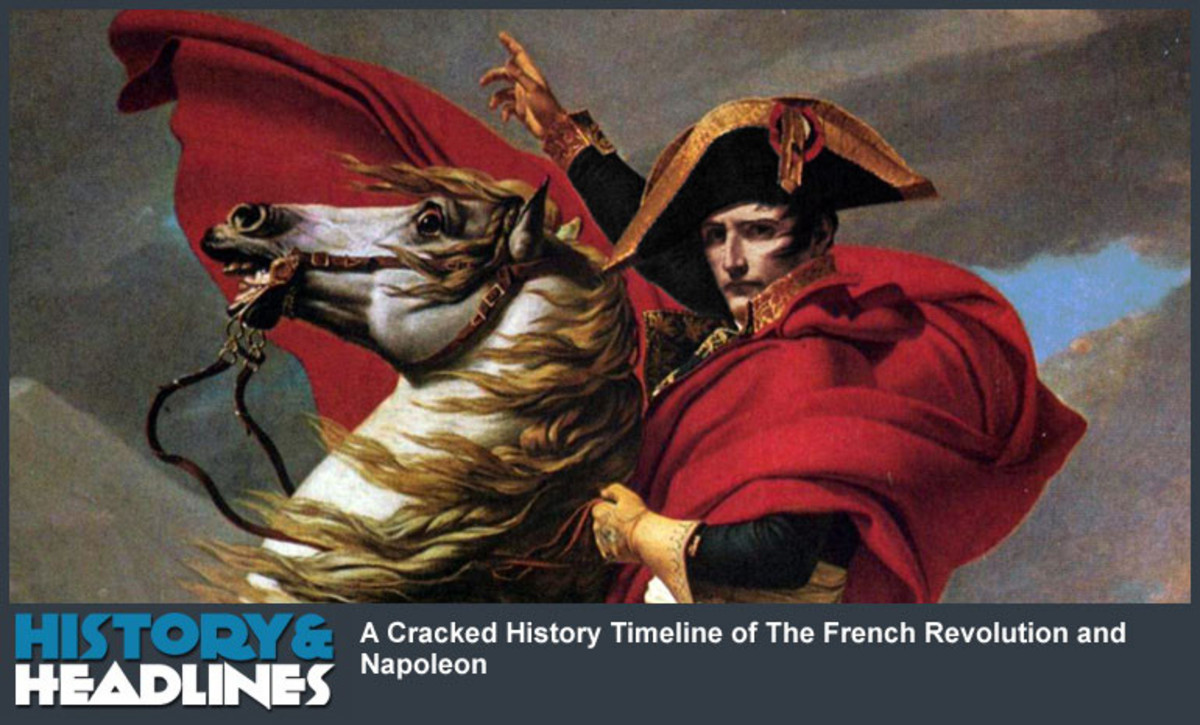The Plot
The plan was both audacious and ingenious. The man behind this plot was General Claude-Francois Malet. This is not a name much known, but he was a key conspirator. He was a general of the French army but had his own ambitions. He had parted from Napoleon because of his ambition. As per reports Malet was born in 1754 and was 58 years old at the time of the coup.
Malet had strong differences with Napoleon and was biding his time to strike back. Napoleon knew his tendencies and had imprisoned him. It was when he was in the Bastille that he hatched this plan for a military coup against Napoleon. He was aided in his plan by a master forger who was also in prison along with him. Both men came to know each other and Abbe Lafon the man who was the master forger suggested that a set of fictitious papers and orders be prepared and use them to stage a military coup. They hoped the plan would succeed and with Napoleon enmeshed in Russia, he would have no choice but to abdicate.

T
Execution outside Paris
Failure and execution
The coup like the attempt against Hitler collapsed like a pack of cards. Malet and co-conspirators were tried by a court-martial. Napoleon was incensed when he heard of this news and when the proceedings of the Court-martial were forwarded to him, he approved the death sentences at the stroke of a pen. He could not countenance anyone defying his authority, The news of the death sentence was conveyed to the conspirators and all of them (15 in number) were herded together and taken outside the city of Paris and shot dead. The execution was carried out with clinical efficacy and Napoleon was informed that all the conspirator’s had been executed. He must have heaved a sigh of relief. Napoleon however continued ruling for another 3 years before he was deposed. Mallet is now only a footnote in French history, but in case he has succeeded, it would have been a different story.


